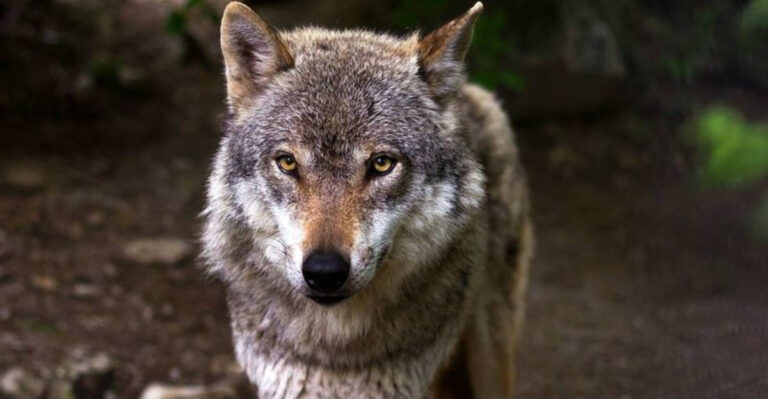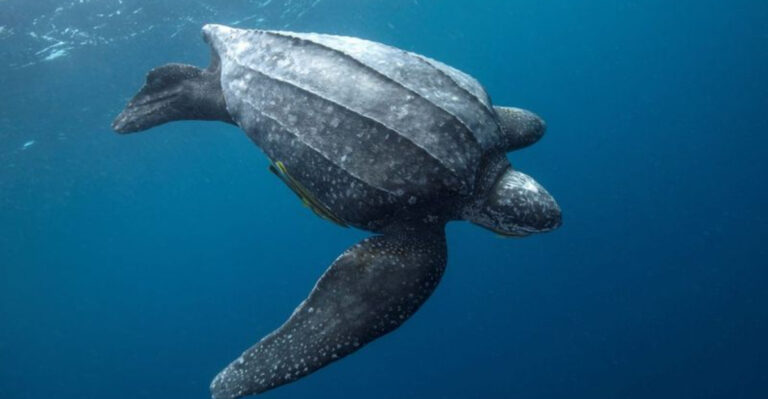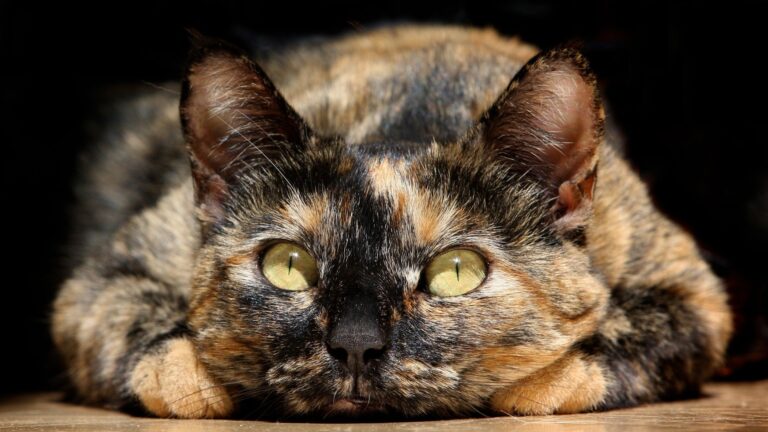What Science Says About 24 Common Dinosaur Myths
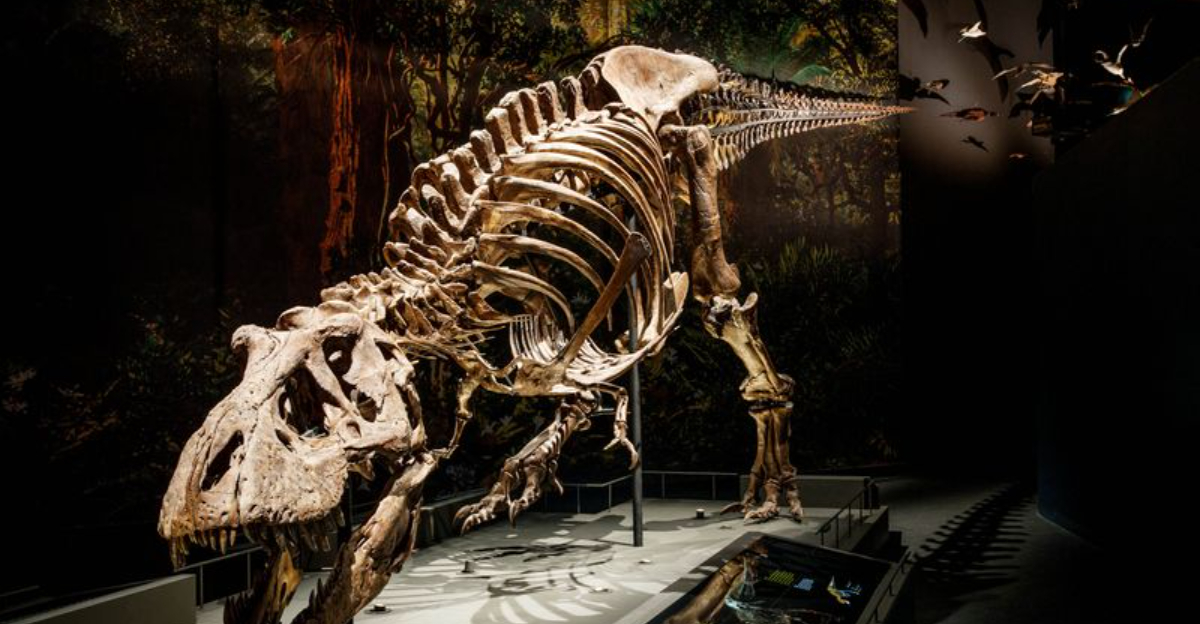
Dinosaurs have captured our imagination since the first fossils were discovered. From Hollywood blockbusters to children’s books, these prehistoric creatures appear everywhere in pop culture.
But how much of what we think we know about dinosaurs is actually true? Let’s explore some common dinosaur myths and what modern paleontology has to say about them.
1. Dinosaurs Were All Giant Creatures
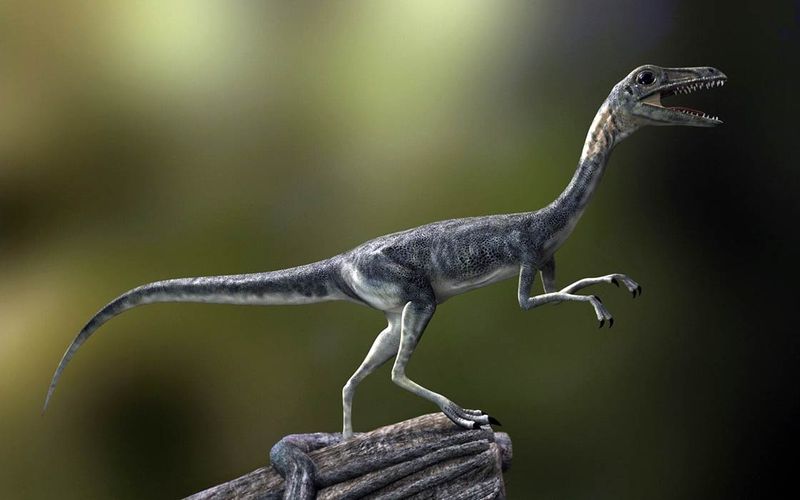
Many dinosaurs were actually quite small! While the Brachiosaurus and T. rex get all the attention, plenty of dinosaurs were no bigger than chickens.
Compsognathus, for example, was roughly turkey-sized. Modern research shows dinosaurs came in all sizes, from tiny feathered creatures to the massive titans we typically imagine.
2. T. Rex Could Roar Like In Jurassic Park
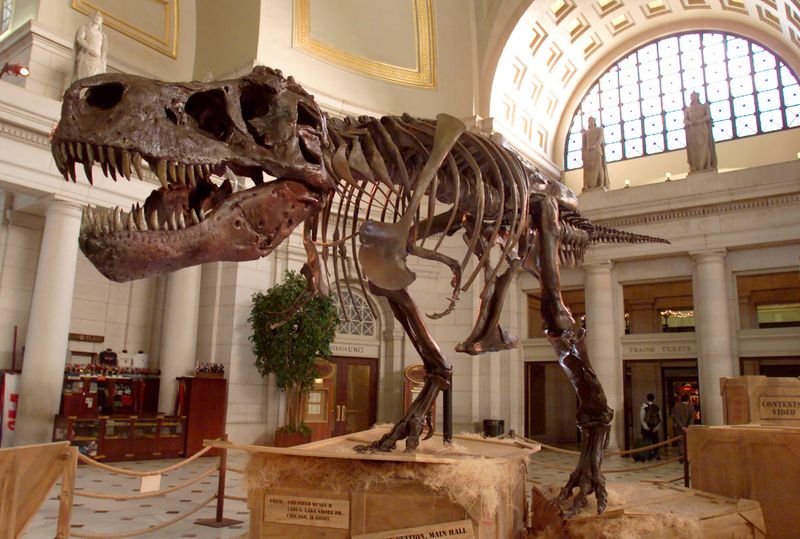
Forget that iconic movie roar! Scientists now believe T. rex probably couldn’t roar at all. Without a larynx like modern mammals, they likely made sounds more similar to their living relatives – birds and crocodiles.
Recent research suggests they may have made deep, closed-mouth vocalizations – think of a crocodile’s rumble or an ostrich’s boom.
3. Dinosaurs Dragged Their Tails On The Ground
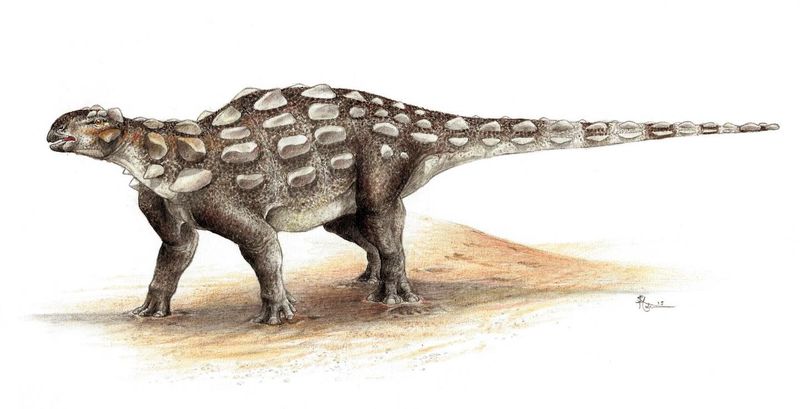
Early dinosaur illustrations showed them dragging heavy tails behind them like lizards. Fossil evidence tells a different story! Dinosaur tails were actually held off the ground, providing balance and sometimes serving as weapons. Trackway fossils never show tail drag marks, confirming they carried their tails aloft as they moved.
4. All Dinosaurs Lived At The Same Time
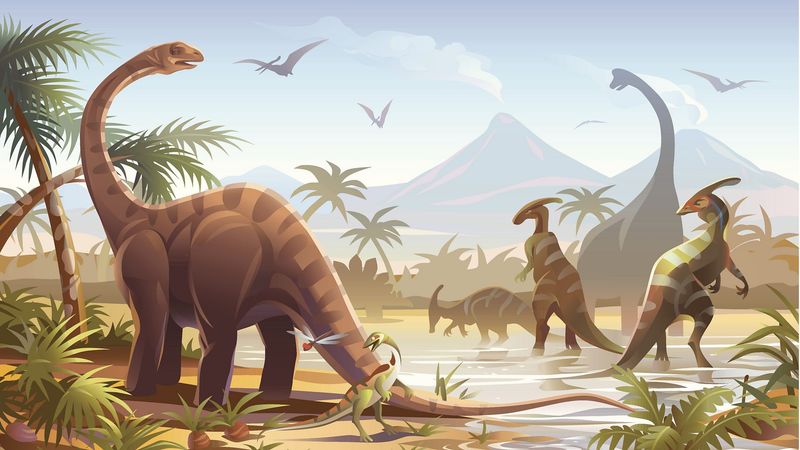
Dinosaurs ruled Earth for over 165 million years – far longer than humans have existed! Stegosaurus and T. rex never met; they lived about 80 million years apart.
For perspective, T. rex is actually closer in time to humans than to Stegosaurus. The dinosaur era spanned three periods: Triassic, Jurassic, and Cretaceous, each with different dominant species.
5. Dinosaurs Were Cold-Blooded Like Modern Reptiles

Hot debate! While traditionally portrayed as cold-blooded reptiles, evidence now points to many dinosaurs having active metabolisms closer to birds than lizards.
Growth rings in fossilized bones suggest some dinosaurs grew quickly, indicating warm-bloodedness. Feathered dinosaurs likely regulated their body temperature similar to modern birds, their direct descendants.
6. Dinosaurs Were Evolutionary Failures
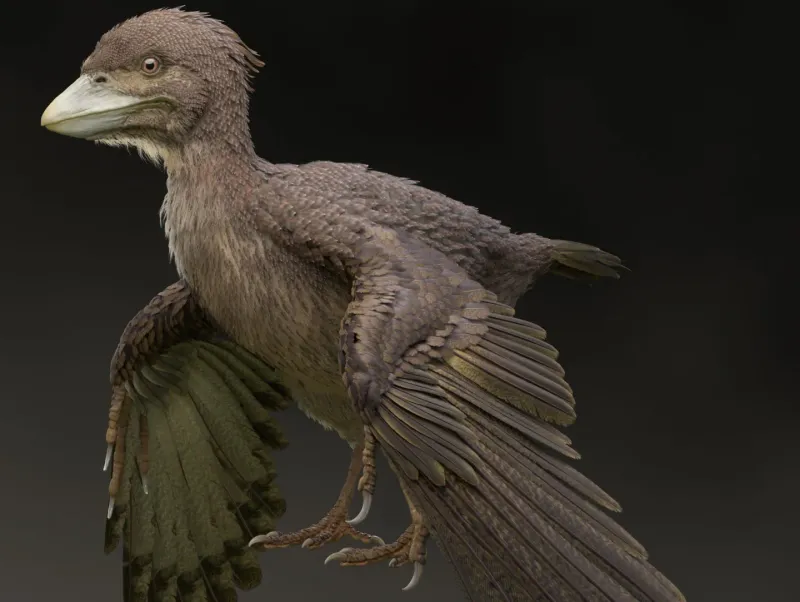
Far from failures, dinosaurs dominated Earth for 165 million years – humans have only been around for about 300,000 years! Plus, dinosaurs never actually went extinct completely. Birds are living dinosaurs, direct descendants of small theropods. With over 10,000 bird species today, dinosaurs remain one of evolution’s greatest success stories.
7. Brontosaurus Never Actually Existed
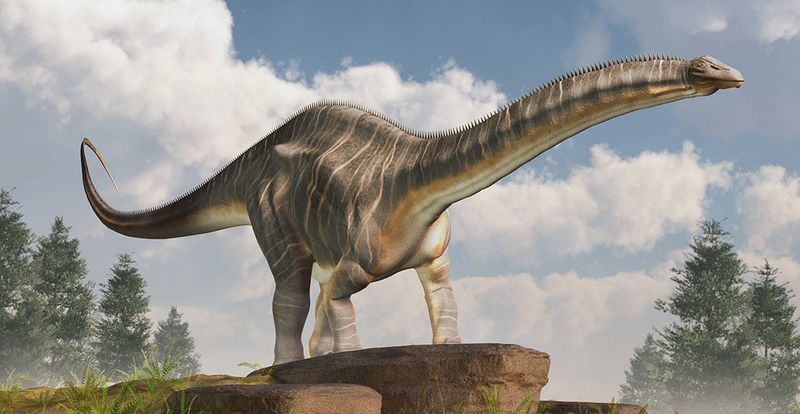
Plot twist in paleontology! For decades, scientists said Brontosaurus was just an Apatosaurus with the wrong head. In 2015, this famous dinosaur made a comeback.
New research analyzing subtle differences in fossilized bones concluded Brontosaurus was indeed its own genus. After a century of scientific exile, this beloved long-necked giant reclaimed its rightful place in dinosaur taxonomy.
8. Dinosaurs And Humans Lived Together
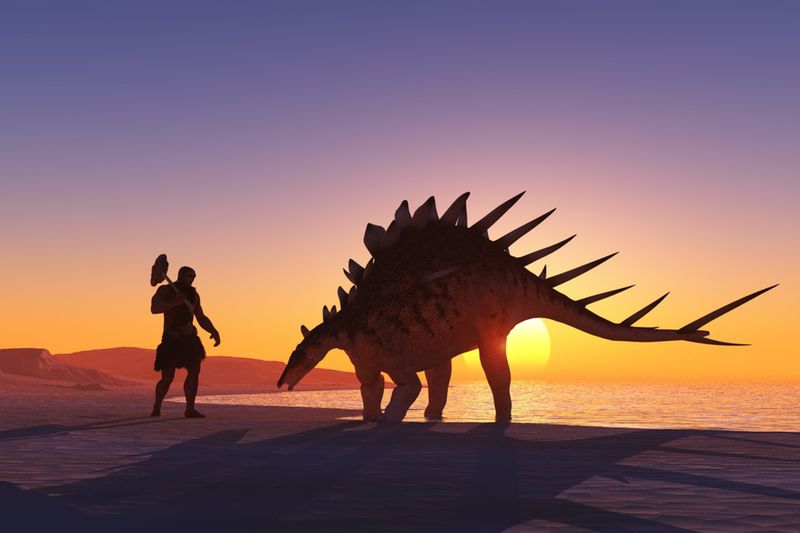
Sorry, Flintstones fans! Humans and non-avian dinosaurs missed each other by about 65 million years. The asteroid impact that ended the Cretaceous period wiped out all dinosaurs except bird ancestors.
Mammals remained small and relatively insignificant until dinosaurs disappeared. Our earliest human-like ancestors didn’t appear until roughly 6 million years ago – long after T. rex’s time.
9. Velociraptors Were Man-Sized Hunting Machines
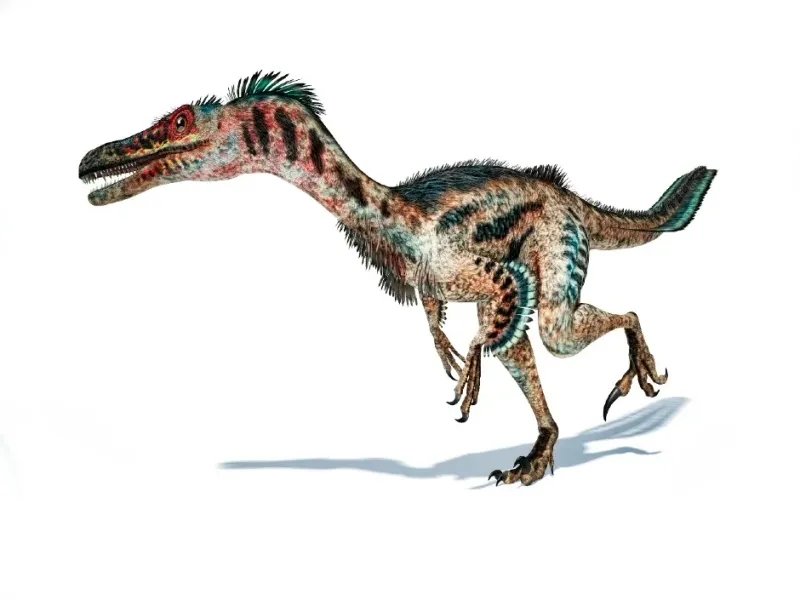
Hollywood got this one wildly wrong! Real Velociraptors stood knee-high to an adult human – about turkey-sized – not the 6-foot monsters from Jurassic Park.
Those movie ‘raptors’ were actually based on Deinonychus, a larger relative. True Velociraptors had feathers, not scales, and while certainly predators, they likely hunted small mammals and reptiles, not people!
10. Dinosaurs Were All Scaly Like Lizards
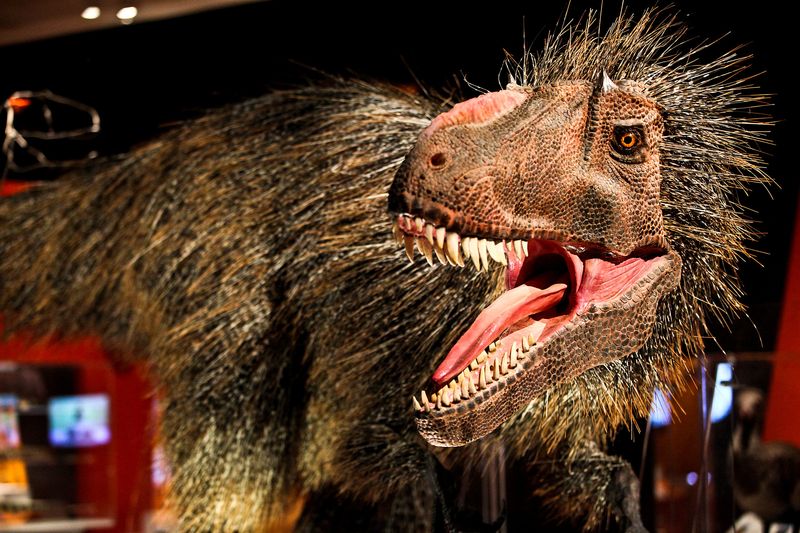
Fluffy dinosaurs are real! Remarkable fossil discoveries show many dinosaurs, especially theropods (including T. rex relatives), had feathers or feather-like structures. Even some plant-eaters had bristles or fuzz.
Modern birds didn’t just evolve from dinosaurs – they ARE dinosaurs, the only surviving members of this ancient group. Your backyard robin is technically a living dinosaur!
11. Dinosaurs Were Slow And Sluggish
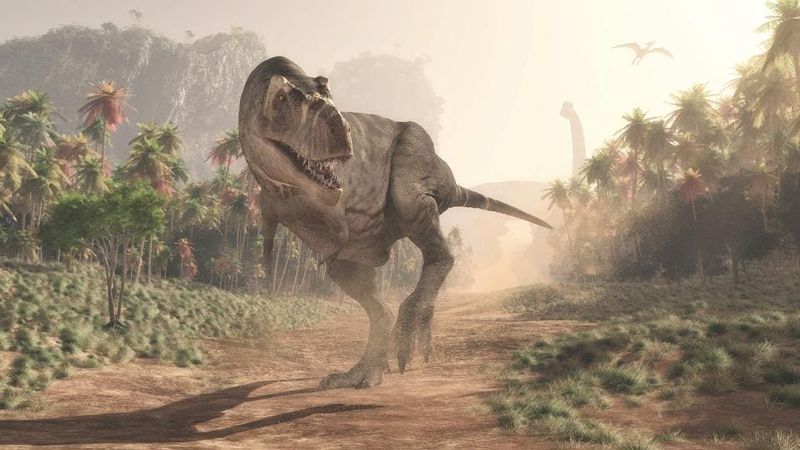
Forget the plodding giants from old movies! Trackway fossils reveal many dinosaurs were surprisingly nimble. Small predators like Velociraptor could reach speeds of 24 mph.
Even massive plant-eaters weren’t the lumbering beasts once portrayed. Computer modeling of T. rex suggests it could move at 12-25 mph – you couldn’t outrun it. Dinosaurs were dynamic, active creatures.
12. The Asteroid Impact Killed All Dinosaurs Instantly
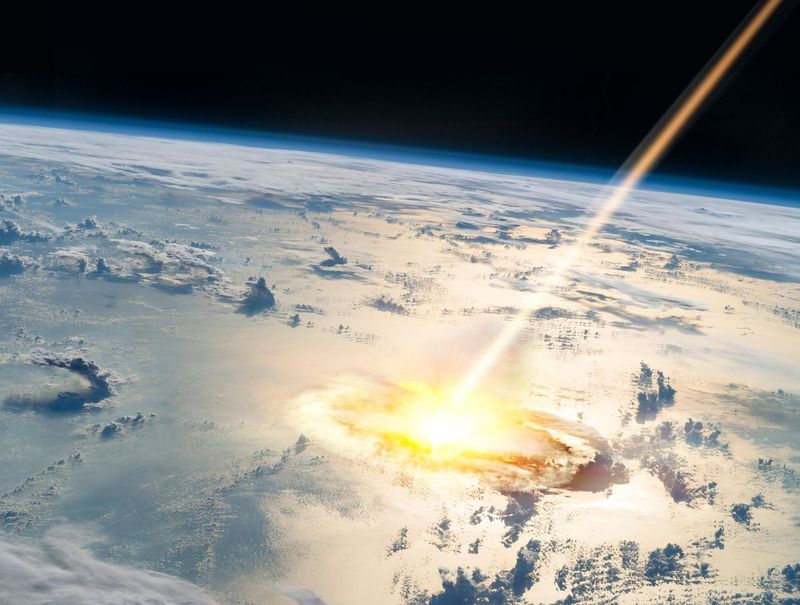
While an asteroid impact did trigger the dinosaurs’ extinction, it wasn’t an overnight apocalypse. The aftermath caused a cascade of environmental changes – dust blocking sunlight, acid rain, and global cooling.
This climate catastrophe gradually eliminated food sources up the chain. The extinction likely unfolded over thousands of years, not in a single moment, with small feathered dinosaurs surviving to become modern birds.
13. Dinosaurs Had Tiny Brains And Were Unintelligent

Brain size isn’t everything! While some dinosaurs had small brains relative to body size, others were surprisingly brainy. Troodontids had the highest brain-to-body ratios of any dinosaur – comparable to modern birds. Social hunting behaviors in Deinonychus and nest-building in many species suggest complex behaviors. Some dinosaurs likely had intelligence similar to modern birds and reptiles.
14. All Dinosaurs Were Fierce Predators
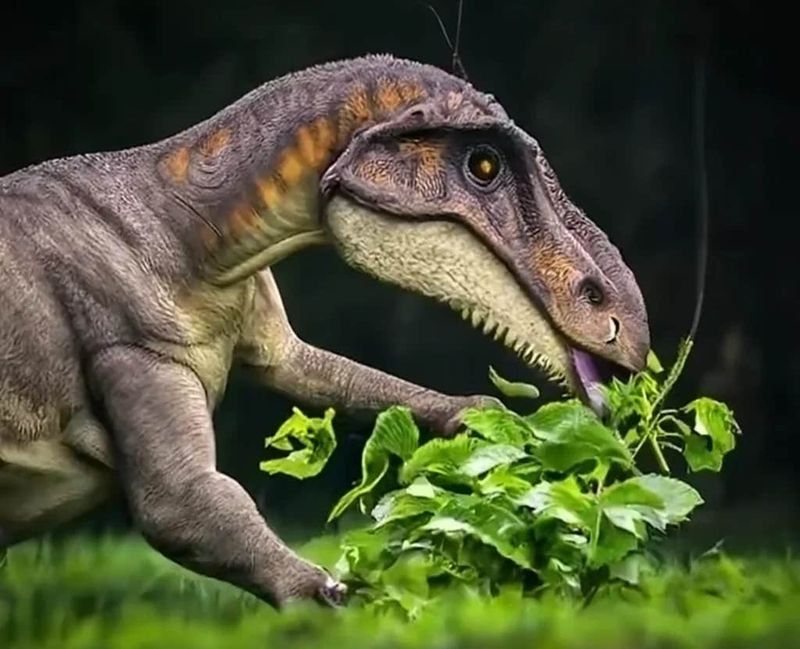
Gentle giants dominated the dinosaur world! Most dinosaurs were actually plant-eaters, from the long-necked sauropods to horned ceratopsians like Triceratops.
Even among meat-eaters, many were likely scavengers or insect-eaters rather than active hunters. The plant-eating dinosaurs developed amazing adaptations – from specialized teeth to digestive stones – to process tough prehistoric plants.
15. Dinosaurs Were A Single Type Of Animal
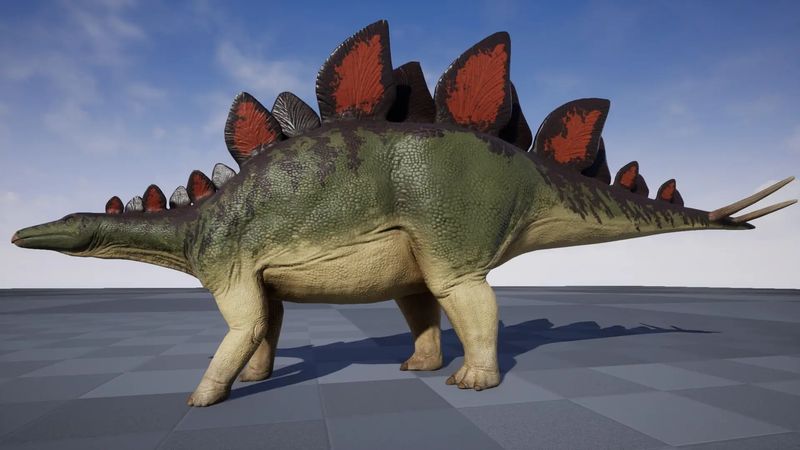
Dinosaurs weren’t one kind of animal, but an incredibly diverse group with over 1,000 known species! They ranged from chicken-sized runners to 100-ton giants, from horned plant-eaters to feathered predators. This diversity rivals mammals today.
Dinosaurs split into two major groups: the bird-hipped Ornithischia (like Stegosaurus) and lizard-hipped Saurischia (including long-necks and theropods like T. rex).
16. Dinosaurs Died Out Because They Couldn’t Adapt
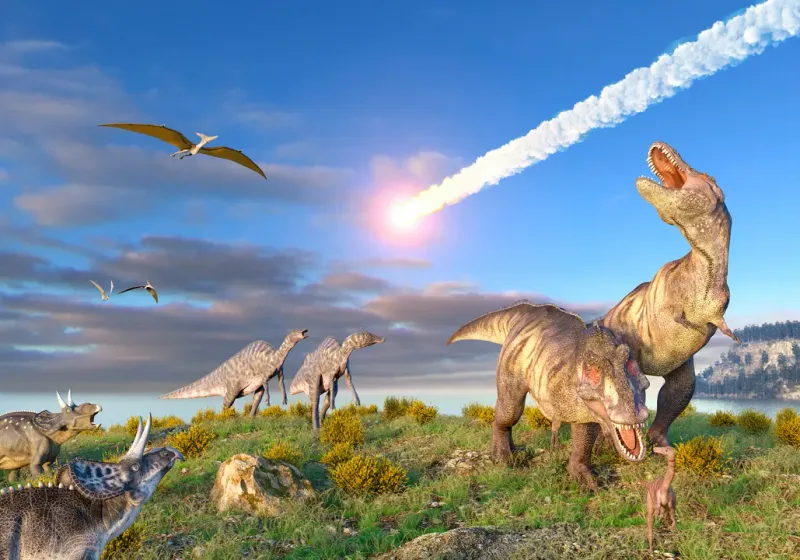
Dinosaurs weren’t evolutionary failures! They thrived for 165 million years, adapting to countless environmental changes. What finally got them was an extinction-level asteroid impact no animal could prepare for.
Interestingly, smaller dinosaurs with certain adaptations – the ancestors of birds – did survive. Far from being unable to adapt, dinosaurs were masters of evolution who simply faced a catastrophe too sudden and severe.
17. Dinosaurs Lived In Swamps To Support Their Weight
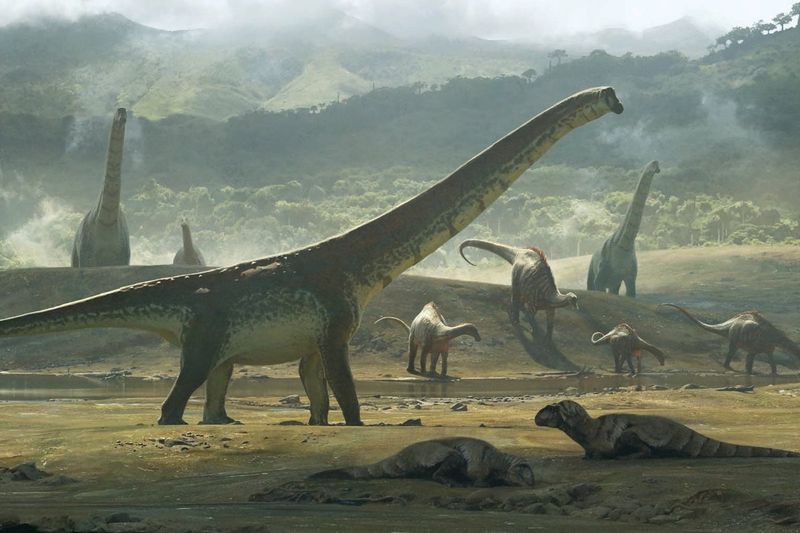
Early paleontologists thought massive dinosaurs needed water buoyancy to support their weight, leading to images of swamp-dwelling brontosaurs.
Modern research demolished this myth! Dinosaurs had specialized weight-bearing adaptations in their skeletons. Fossil trackways show even the largest sauropods walked on dry land. Their column-like legs and lightweight, air-filled bones made this possible.
18. Pterosaurs And Plesiosaurs Were Dinosaurs
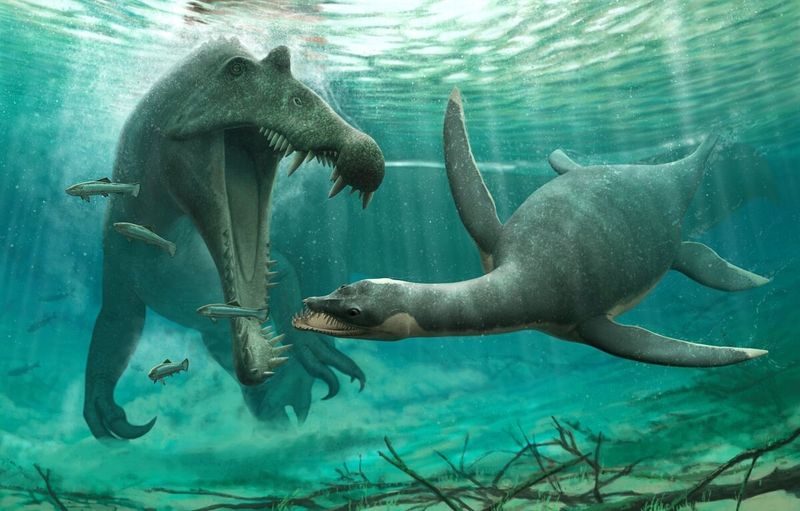
Flying pterosaurs and swimming plesiosaurs lived alongside dinosaurs but weren’t dinosaurs themselves! They belonged to separate reptile groups that evolved independently.
True dinosaurs are defined by specific skeletal features, including their upright stance. Think of these creatures as dinosaur cousins rather than actual dinosaurs. Only birds qualify as living dinosaurs today.
19. Dinosaurs Had The Same Colors As Modern Reptiles
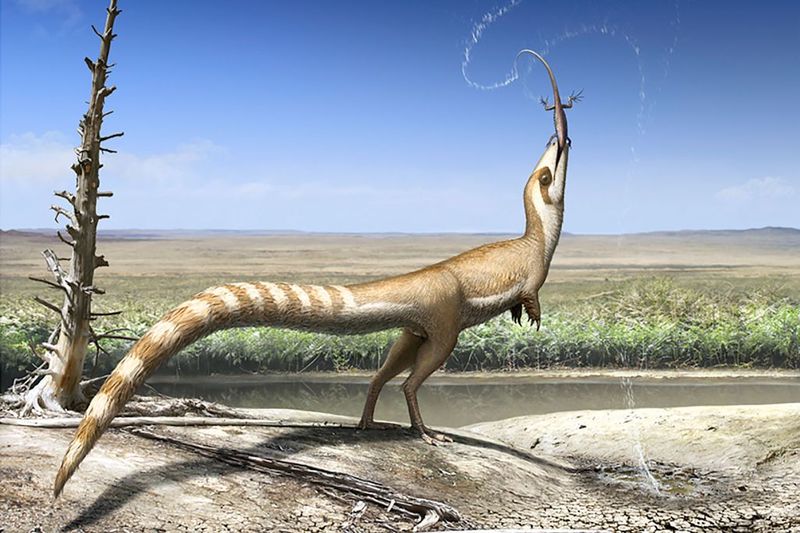
Forget dull greens and browns! Groundbreaking fossil studies have revealed dinosaur colors by identifying melanosomes (pigment cells) preserved in fossils.
Microraptor had iridescent black feathers like ravens. Sinosauropteryx sported a raccoon-like striped tail. Some dinosaurs had vibrant display colors for mating or camouflage patterns to hide from predators. They were likely as colorful as modern birds!
20. Dinosaurs’ Tails Were Just Dead Weight
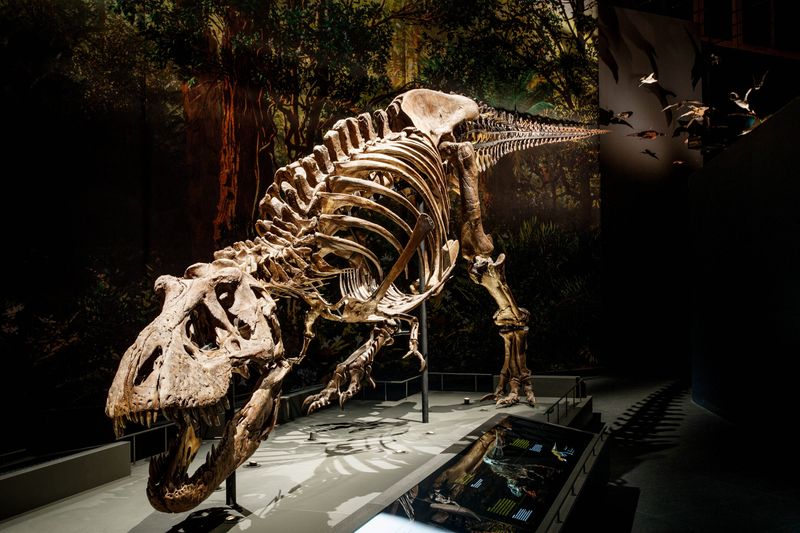
Dinosaur tails were engineering marvels, not useless appendages! For large sauropods, tails counterbalanced their long necks. In theropods like T. rex, powerful tails provided balance for running.
Stegosaurus wielded its spiked tail as a defensive weapon. Modern research shows dinosaur tails contained complex muscles and were highly functional – crucial for movement, defense, and even communication.
21. Dinosaurs Were Bad Parents
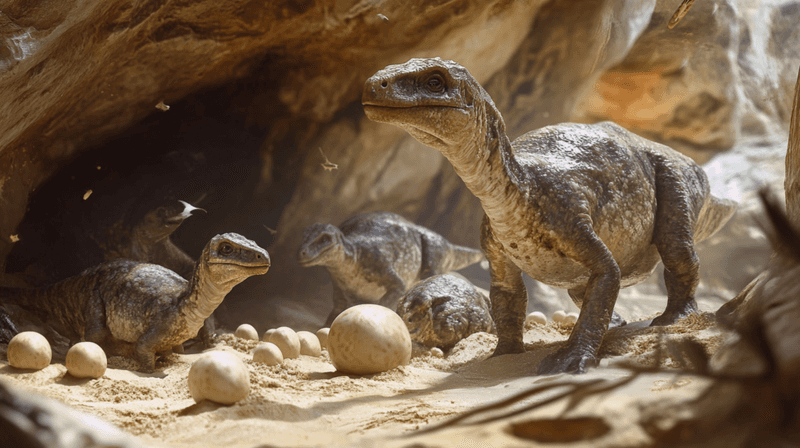
Devoted dinosaur parents existed! Fossil nests show many species guarded their eggs, and some even fed their young after hatching.
Maiasaura, whose name means ‘good mother lizard,’ is known from fossils of adults with nestlings. Oviraptor was once thought to steal eggs but was later discovered to have died while protecting its own nest. Many dinosaurs likely had parenting styles similar to modern birds.
22. Dinosaurs Went Extinct Because Mammals Ate Their Eggs
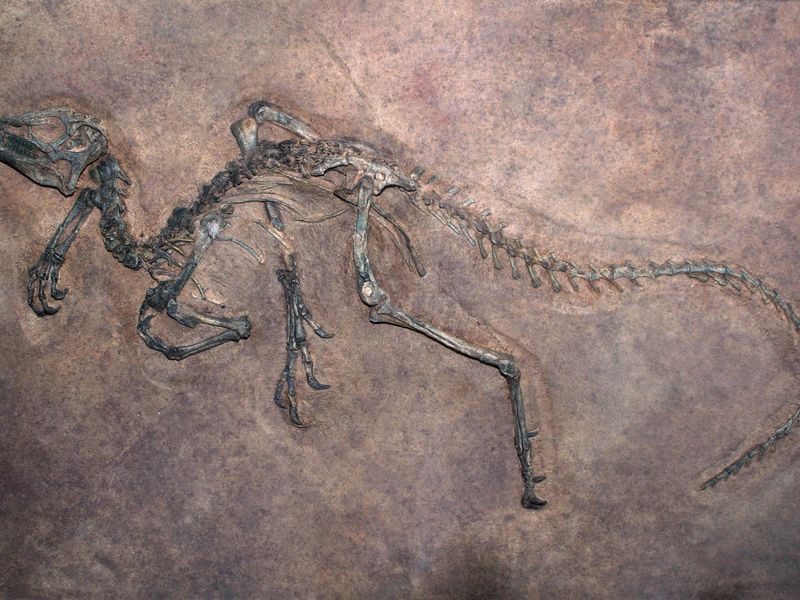
Egg-stealing mammals didn’t drive dinosaurs to extinction! Dinosaurs and early mammals coexisted for over 150 million years, with dinosaurs remaining dominant.
The real culprit was the Chicxulub asteroid impact and its catastrophic aftermath. While some mammals may have occasionally eaten dinosaur eggs, this natural predation wasn’t nearly significant enough to threaten dinosaur survival across millions of years.
23. Dinosaurs Couldn’t Swim
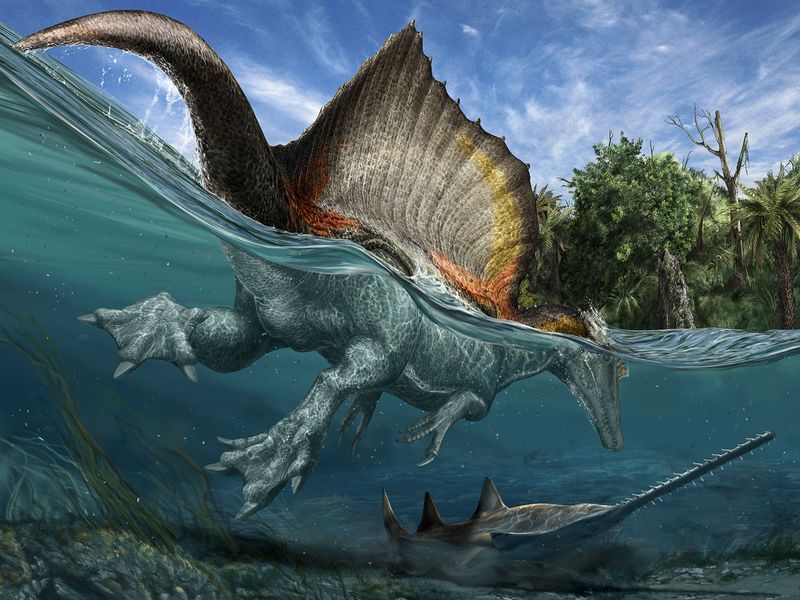
Splash! Contrary to old beliefs, many dinosaurs were capable swimmers. Spinosaurus had adaptations specifically for aquatic life, including dense bones and possibly webbed feet. Fossil trackways show various dinosaur species crossing riverbeds.
Even T. rex could likely paddle across water when needed. While not as aquatic as crocodiles or plesiosaurs, many dinosaurs were comfortable in water.
24. Dinosaurs Were Evolutionary Dead Ends
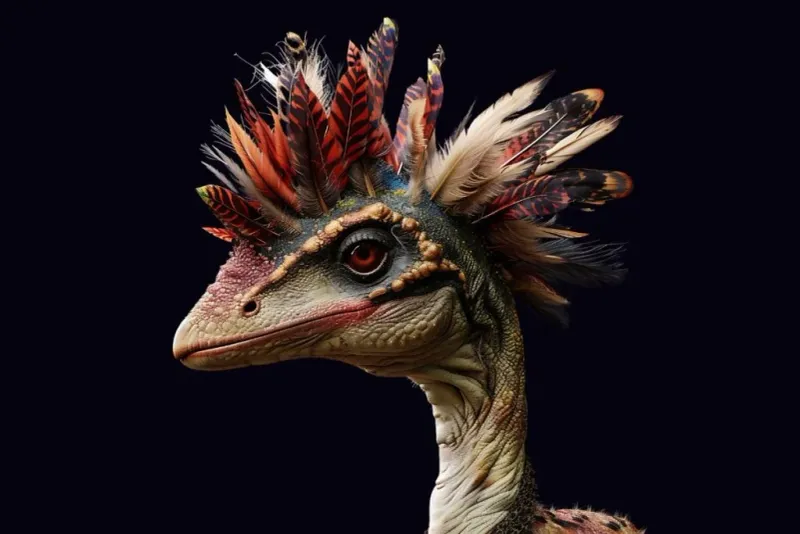
Look out your window – dinosaurs are still thriving! Birds are living theropod dinosaurs that survived the extinction event through their small size, flight ability, and specialized diets.
With over 10,000 bird species today, dinosaurs remain one of evolution’s greatest success stories. Their adaptability allowed them to evolve into creatures as diverse as hummingbirds, ostriches, and eagles – all technically modern dinosaurs!

